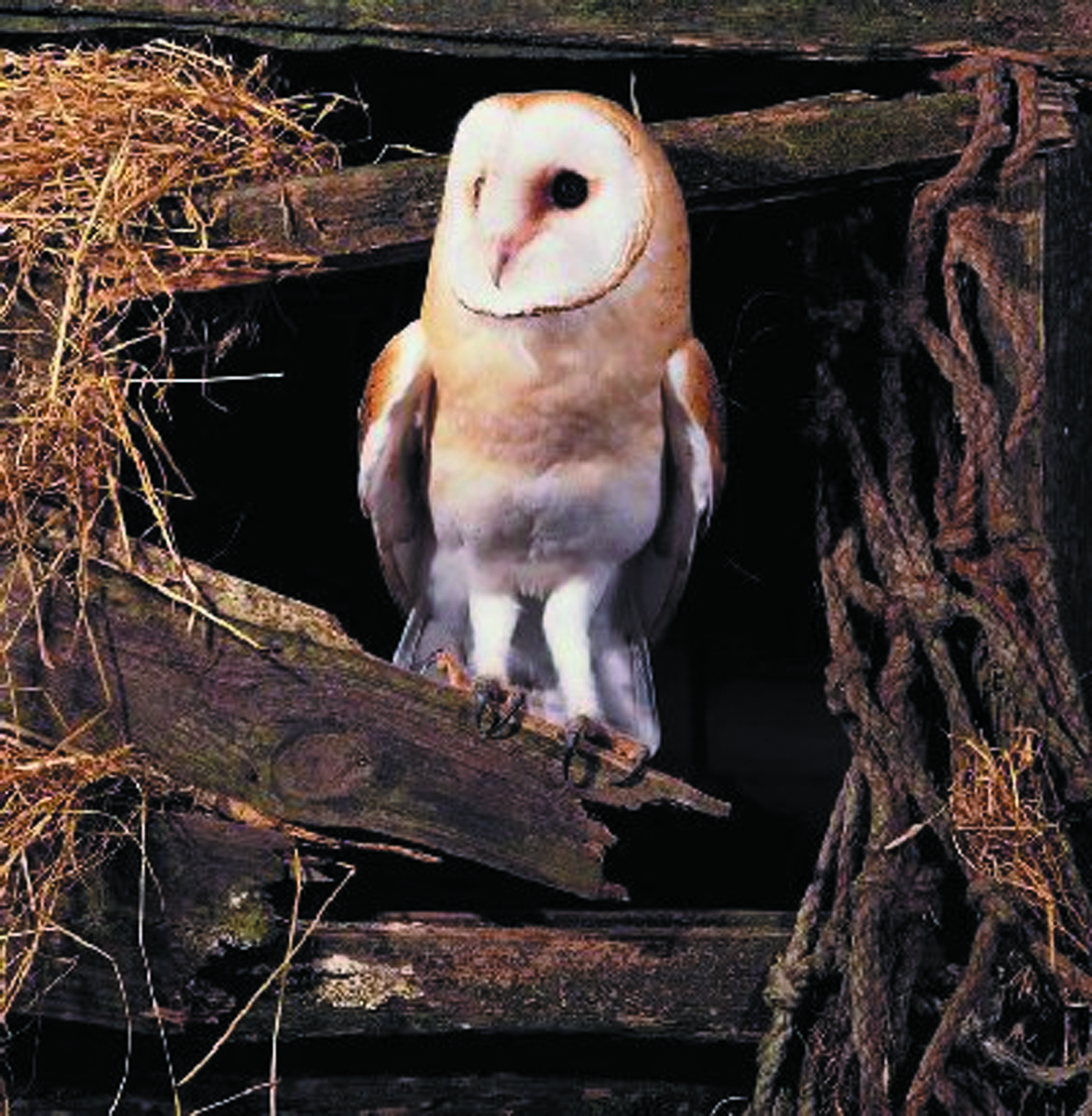

Many Mexican folk tales have a pretty set-in-stone origin, but the story behind la lechuza isn’t one of them. The term is also used interchangeably with the Spanish word bruja (“witch”), though it is commonly translated as “owl” in English. The lechuza has also been used in many folk tales and local legends of western Mexico, including Puebla and Jalisco. One theory is that it is Spanish, and refers to the witches’ dress, which was made of owl feathers (lechuzar). So, there’s a chance that they could hunt in packs. The worst part about it is that there isn’t just one lechuza, but rather, an entire cabal of women who have the ability to shapeshift into owls. Also, if the head of the lechuza changes, so does her power and strength. It is said that the lechuza does not usually allow herself to turn into an animal unless it is for money, because she would otherwise lose her powers. When an owl or a witch – or both – turns into a lechuza, she usually retains her identity and powers. She merely does what she must do to survive, though she usually takes an interest in activities that are dangerous or forbidden by others. The lechuza is not necessarily malevolent. The lechuza is thought to control the souls of men and bring them to their deaths, though its true intentions are often unclear because she makes deals with both good and evil people. Birds of prey are associated with evil, so they are often associated with witches. The transformation can be done with or without her consent, but usually she doesn’t mind because the lechuza gets paid for her services.Ī witch’s power is an important part of Mexican folklore, probably because there were many superstitions surrounding them and they were seen as powerful beings that must be respected. Apparently, the lechuza is able to change into whatever she pleases. It is a witch who has the ability to transform into an animal, usually a big bird, such as an owl or a crow. The lechuza is a mythical creature in Mexican folklore. What many folklore fans might not know about, though, is the wicked witch known as la lechuza.

Most of us have also heard of duendes, and their creepy behavior. We all know the tragic tale of La Llorona. The terrifying tales they tell South of the border rarely make it up to those of us in the United States, the legends always stand out for their unusually spooky elements. Mexican folklore is filled with twisted tales of wild beasts, wicked witches, and medicine men-often served up with a pinch of Aztec mythology weaved in.


 0 kommentar(er)
0 kommentar(er)
